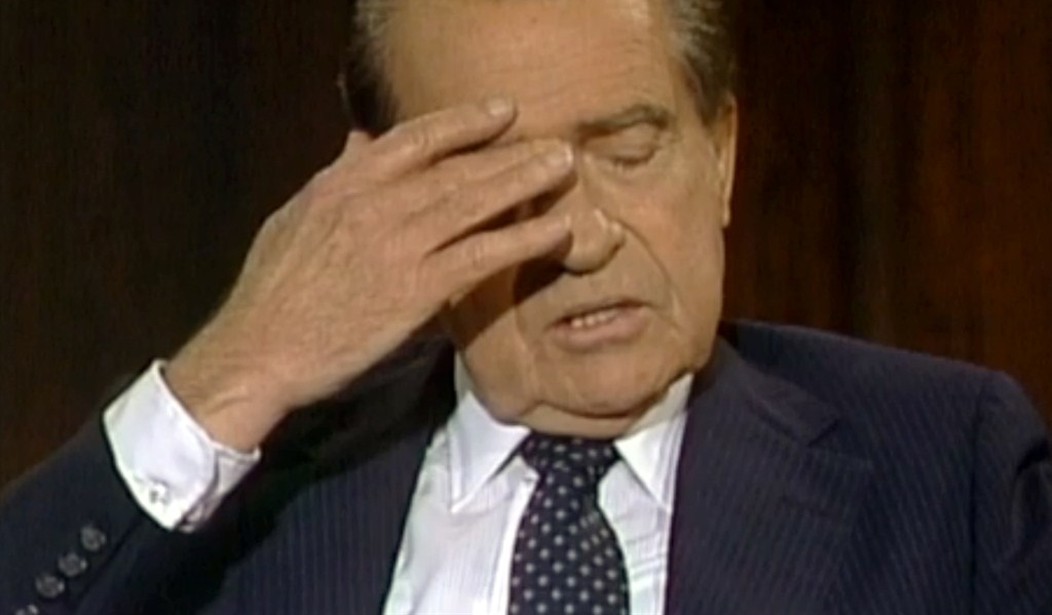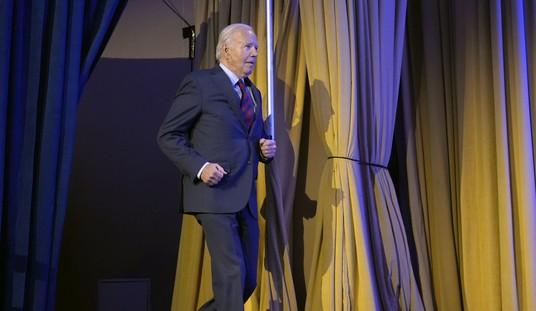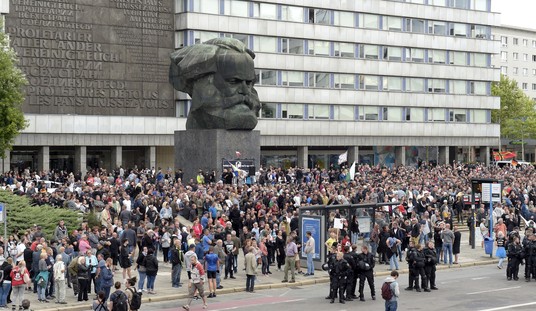Trump's caricature is ridiculous -- but that doesn't mean crime is irrelevant to minority communities. Blacks and, to a far less degree, Hispanics are likelier to become crime victims than whites. The homicide rate for black victims is nearly eight times greater than the rate for whites; about 1 in 40,000 whites become a victim of homicide in the U.S. each year, whereas about 1 in 5,000 blacks will be murdered, according to an analysis by Nate Silver of FiveThirtyEight. The homicide rate for Hispanics is about twice that of whites, so about 1 in 20,000.
These statistics are most troubling in light of newly released FBI data that show that homicides went up in 2015. Violent crime had been going down for two decades, but that trend reversed itself in 2015. Homicide increased by almost 13 percent between 2014 and 2015, with blacks accounting for more than half of victims even though they make up only 13 percent of the total population. Hispanics were 16.6 percent of victims, roughly the same as their proportion of the population.
But even if blacks aren't likely to be killed -- homicide still remains a rare phenomenon -- they are likelier to live in cities with high crime levels. St. Louis became the most dangerous city in America, according to an analysis of the new FBI violent crime numbers by The Wall Street Journal, followed by Detroit and Birmingham, Alabama. Indeed, all 10 of the most dangerous cities have large black populations, while only one -- Oakland, California, the ninth-most dangerous city -- had a percentage of Hispanics larger than the national average.
Recommended
So why aren't more blacks jumping on the "law and order" bandwagon? Perhaps if Trump were not so ham-handed, he might be able to make the issue an appealing one for minority voters. Trumped talked about "stop and frisk" laws, which debate moderator Lester Holt incorrectly suggested has been ruled unconstitutional. (The case Holt referred to was a lower court ruling not applicable outside the court's jurisdiction.) But Trump left it to Hillary Clinton to raise the issue of community policing, an effective and far less controversial method than stop and frisk.
Community policing involves putting more police officers on the street, where they can get to know the people they are sworn to protect. It means police officers walking a beat or patrolling neighborhoods in their cars so that residents get to know the officers before they need police help. But effective policing requires that a certain level of trust be developed -- on both sides of the equation. Sadly, trust between police and minority communities seems to be on a precipitous decline. A whole generation of young blacks is learning to fear the police and not to respect them. At the same time, many police officers -- black as well as white -- behave as if they fear young black men and, consequently, don't always treat them with respect. Meanwhile, many Hispanic immigrants avoid reporting crimes for fear of being deported.
Minority communities would benefit if effective crime-fighting strategies became a focal point of politicians. Unfortunately, neither Trump nor Clinton is well-positioned to make the case. Trump is, deservedly, suspect on the issue. He may talk about his concern for blacks and Hispanics when it suits him, but his racial stereotypes and ugly rhetoric make him a poor messenger. Clinton, on the other hand, worries too much about alienating the Black Lives Matter movement to argue for more cops and fewer criminals out on the street.
If left unaddressed, violent crime will continue to climb. We've had a good couple of decades, but there is no guarantee that crime will remain low. If we're not careful, we could go back to where we were in 1968 -- and the ones who would suffer most would be the great majority of law-abiding black and Hispanic Americans.

























Join the conversation as a VIP Member